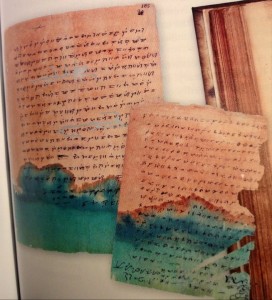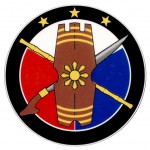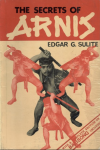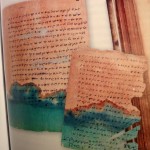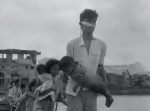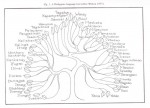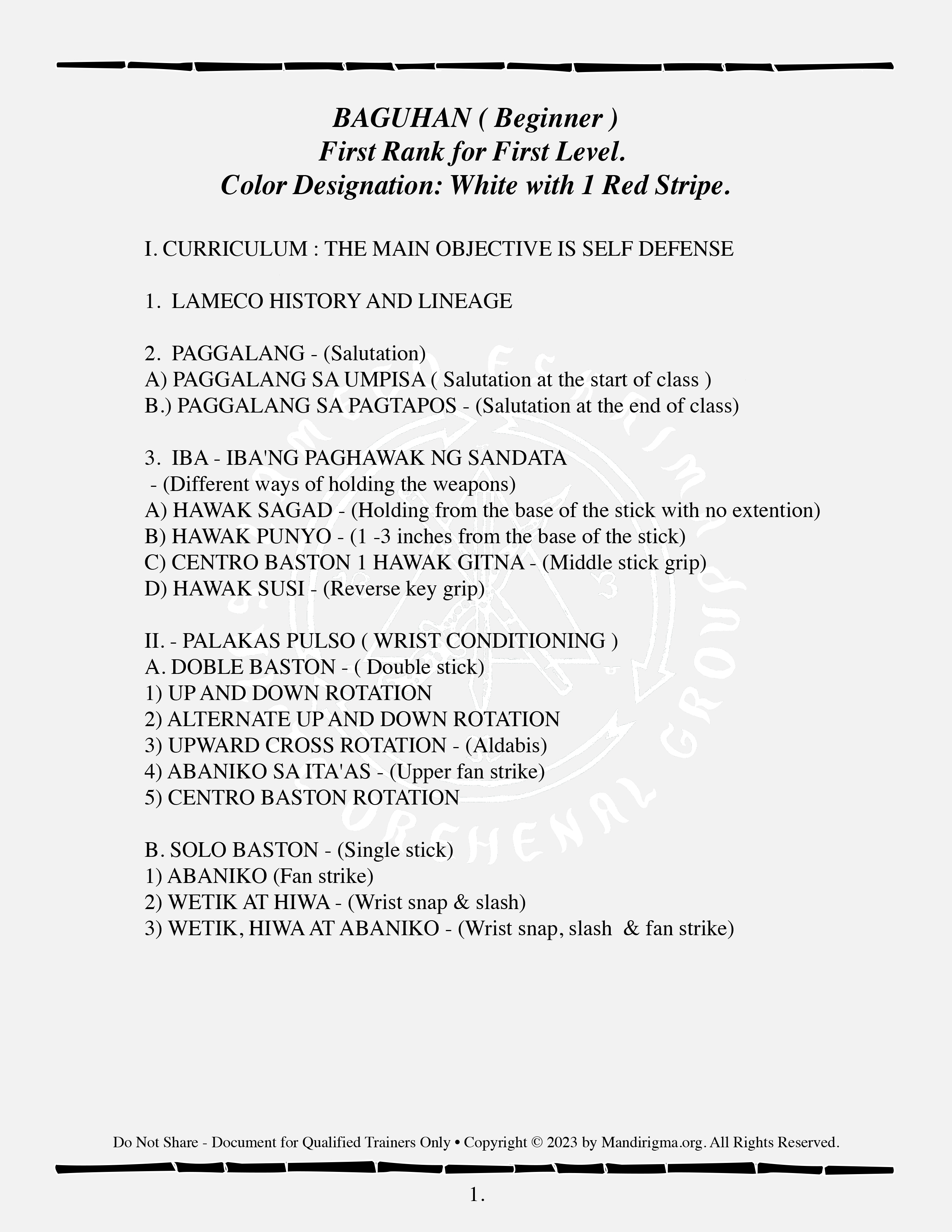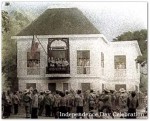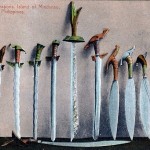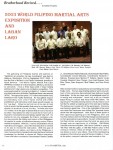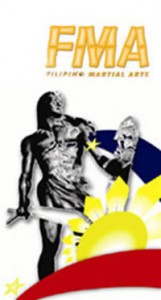
Kapisanang Mandirigma founders Guro Ariel Flores Mosses, Guro Arnold Noche, Guro Bud Balani and Guro Dino Flores mentioned in the Virtual Filipino Martial Arts Museum's "Top 200 Living Guro's" List Exerpt from: http://www.filipinomartialartsmuseum.com/index.htm Welcome to the Filipino Martial Arts Museum, the virtual museum and repository of knowledge of Filipino Martial Arts (FMA) systems, styles, masters, history, literature and virtual artifacts. The writing ranges from incisive to light-hearted to even controversial, and the literary and virtual exhibits encompass all aspects of Filipino martial arts systems and disciplines including arnis, kali, eskrima, dumog, buno, hilot and other indigenous arts of the Philippines. Authors are well-known experts in their fields as well as volunteer writers. Article submissions are encouraged. The authors of these articles have consented to have their articles reprinted and republished in whole or in part, as long as the author’s name, website reference address and this website are acknowledged. I would like this site to become the most comprehensive online reader-written encyclopedia on FMA. It is meant to be a contemporary or living as well as an archival museum. Send your submissions for The Top 200 Living Masters, The Top 100 FMA Schools and other FMA Museum Who’s Who series, and then see your submissions published online. We also accept original articles and online book publications. http://www.filipinomartialartsmuseum.com/index.htm http://www.filipinomartialartsmuseum.com/FMA_masters-systems-schools/FMAguros-living-list.html 1 Dino Flores Lameco Los Angeles, CA, USA 2 Hospecio Balani Lameco Los Angeles, CA, USA 3 David Gould Lameco 4 Leonard Trigg Lameco 5 Arnold Noche Lameco Los Angeles, CA, USA 6 John Jacobo Bakbakan Maryland, USA 7 Roger Agbulos Lameco North Hills, CA, USA 8 Marc Denny Dog Brothers CA, USA 9 Eric Knauss Dog Brothers CA, USA 10 Tim Hartman Modern Arnis USA 11 Kelly Worden Modern Arnis WA, USA 12 Myrlino Hufana Modern Arnis WA, USA 13 Jeffrey Delaney Modern Arnis Canada 14 Randi Schea Modern Arnis 15 Jay de Leon Modern Arnis, Los Angeles, CA, USA 16 Alvis Solis Seneres Arnis TX, USA 17 Ron Balicki Inosanto Kali Los Angeles, CA, USA 18 Diana Balicki Inosanto Kali Los Angeles, CA, USA 19 Ramon Rubia San Miguel Eskrima CA, USA 20 Mel Lopez Villabrille-Largusa 21 Greg Alland Dekiti-Tirsia-Siradas 22 Mary Ann Presas Modern Arnis San Pablo, CA, USA 23 Demetrio Presas Modern Arnis San Pablo, CA, USA 24 Remy Presas, Jr. Modern Arnis San Pablo, CA, USA 25 Tom Bolden Modern Arnis NY, USA 26 Jerome Barber Modern Arnis NY, USA 27 Percival "Val" Pableo Doce Pares 28 Graciella Casillas CA, USA 29 Raffy Pambuan Pambuan Tulisan Arnis FL, USA 30 Steven Dowd Arnis Balite Fallon, NV, USA 31 Hock Hochheim Modern Arnis, Kombatan TX, USA 32 Jorge Penafiel Balintawak Cincinatti, OH, USA 33 Larry Alcuizar Doce Pares Los Angeles, CA, USA 34 Felix Valencia Lameco Santa Barbara, CA, USA 35 Anthony Davis Cabales Serrada CA, USA 36 Sultan Uddin Cabales Serrada CA, USA 37 Darren Tibbon Cabales Serrada CA, USA 38 Jason Inay Inayan Eskrima San Jose, CA, USA 39 Jena Inay Inayan Eskrima San Jose, CA, USA 40 Ray Dionaldo Sayoc Kali FL, USA 41 Edwin Mosqueda Doce Pares 42 Nate Defensor Doce Pares Chicago, IL, USA 43 Conrado Manaois Manaois Eskrima Los Angeles, CA, USA 44 Dan Anderson Modern Arnis WA, USA 45 Rocky Pasiwk Modern Arnis 46 Ron Harris Original Filipino Tapado New Orleans, LA, USA 47 Tim Waid Pekiti-Tirsia TX, USA 48 Leslie Buck Pekiti-Tirsia TX, USA 49 Erwin Ballarta Pekiti-Tirsia TX, USA 50 Gaudencia Ruby Comjuka TX, USA 51 Phil Rapagna Lameco, Inosanto Kali Los Angeles, CA, USA 52 Victor Gendrano Inosanto Kali Los Angeles, CA, USA 53 Stephen Aron Inosanto Kali Glendora, CA, USA 54 Menandro "Anding" de Leon Arnis de Leon Garland, TX, USA 55 Jaime Abregana Hawaii, USA 56 Vincent Cabales Cabales Serrada CA, USA 57 Vincent Cabales, Jr. Cabales Serrada CA, USA 58 Carlito Bonjoc Mata sa Bagyo CA, USA 59 Mark Wiley Cabales Serrada 60 Tom Bisio San Miguel Eskrima 61 Rafael Kayanan Sayoc Kali 62 Tom Kier Sayoc Kali 63 Jeff Chung Sayoc Kali 64 Paul Vunak Inosanto Kali CA, USA 65 Burton Richardon Inosanto Kali HI, USA 66 Steve Grody Lameco 67 Steve Tarani 68 Blaise Loong 69 Cass Magda CA, USA 70 Rick Tucci Inosanto Kali Princeton, NJ 71 James A. Keating Comtech Walla Walla, WA, USA 72 Ed Goco Galang Las Vegas, NV, USA 73 Michael Replogle Modern Arnis USA 74 Felix Roiles Doce Pares Los Angeles, CA, USA 75 Spencer Gee Pananandata NY, USA 76 Bruce Ricketts Kali Ilustrisimo San Diego, CA, USA 77 Maurice Gatdula CA, USA 78 Mar de Leon Tumba-tumba Arnis San Diego, CA, USA 79 Chris Siangco Pedoy Derobio Eskrima San Diego, CA, USA 80 Ernie Reyes, Jr. San Jose, CA, USA 81 Alex France Kombatan CA, USA 82 Alex Ercia Kombatan CA, USA 83 Arthur Gonzalez De Cuerdas … [Read more...]
